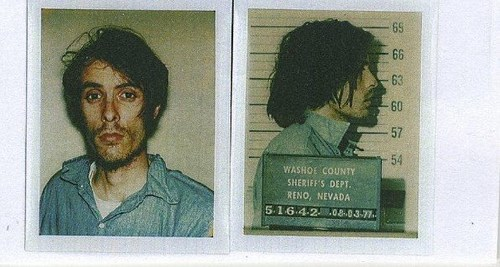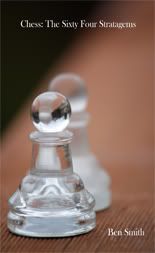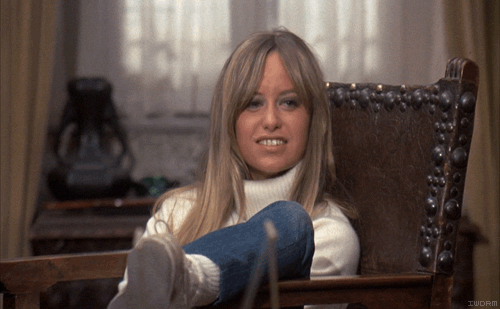skip to main |
skip to sidebar

Christmas had come and gone at San Quentin Penitentiary without much
celebration. A correctional officer assigned guard duty on death row
greeted Richard Chase at 8:15 AM, where he found him lying on his back
and breathing normally. Chase was moody at best and it wasn’t abnormal
that he didn’t return the guard’s greeting. He then returned less then
three hours later at 11:05 AM to check on him again. Chase was found
lying on his stomach with both legs extended off his bunk and his feet
on the floor. His head was turned into the mattress and his arms
extended upward, into the pillow. The guard knew Chase liked to sleep
with a pillow over his head, but this didn’t look right. After calling
his name a few times and waiting, the guard realized Chase was not
breathing. A coroner arrived and found small amounts of blood soaked
into the bedsheet where Chase’s head had been. Some cardboard boxes were
found next to the bed, and in them were four sheets of letter-sized
paper covered in handwriting. Two pages contained some sort of a graph,
the squares filled in with some sort of cryptographic code. The other
two pages contained the strangest sort of suicide note. It was a
rambling message in which Chase warned that he might take some pills and
that his heart might stop beating. Pathologists who autopsied the body
diagnosed the cause of death as toxic ingestion. They also found that
his heart, despite his life-long concerns, was “of normal size, the
coronary arterial tree free of sclerosis,” and all valves in good shape.
The lab reports confirmed that the level of doxepin in Chase’s body
exceeded the therapeutic range by thirty-six times, and was exactly
twelve times greater than the drug’s toxic level. The daily packet of
Chase’s antidepressant drug was found untouched in his cell, suggesting
he had saved his pills for possibly as long as two or three weeks before
ingesting them that morning. Chase’s prison psychiatrist had stated he
was “very psychotic and had been since his arrival at San Quentin.” The psychiatrist remembered something else about his patient. “His
crimes were committed around the Christmas holidays three years ago.
There might well have been an anniversary phenomenon involved in the
timing of his suicide.” On December 26th, 1980, Richard Chase
died exactly one day short of three years after the Miroth
killings. Some called his death a suicide; others continued to believe
that it was accidental, and that Richard Trenton Chase had taken all of
those pills in an effort to quiet the voices that had driven him to
murder and that continued to torment him until he died.






 "Drunk at the matinee" is a collection of candid poetry about stupid shit that we all experience from day to day.
"Drunk at the matinee" is a collection of candid poetry about stupid shit that we all experience from day to day.







No comments:
Post a Comment